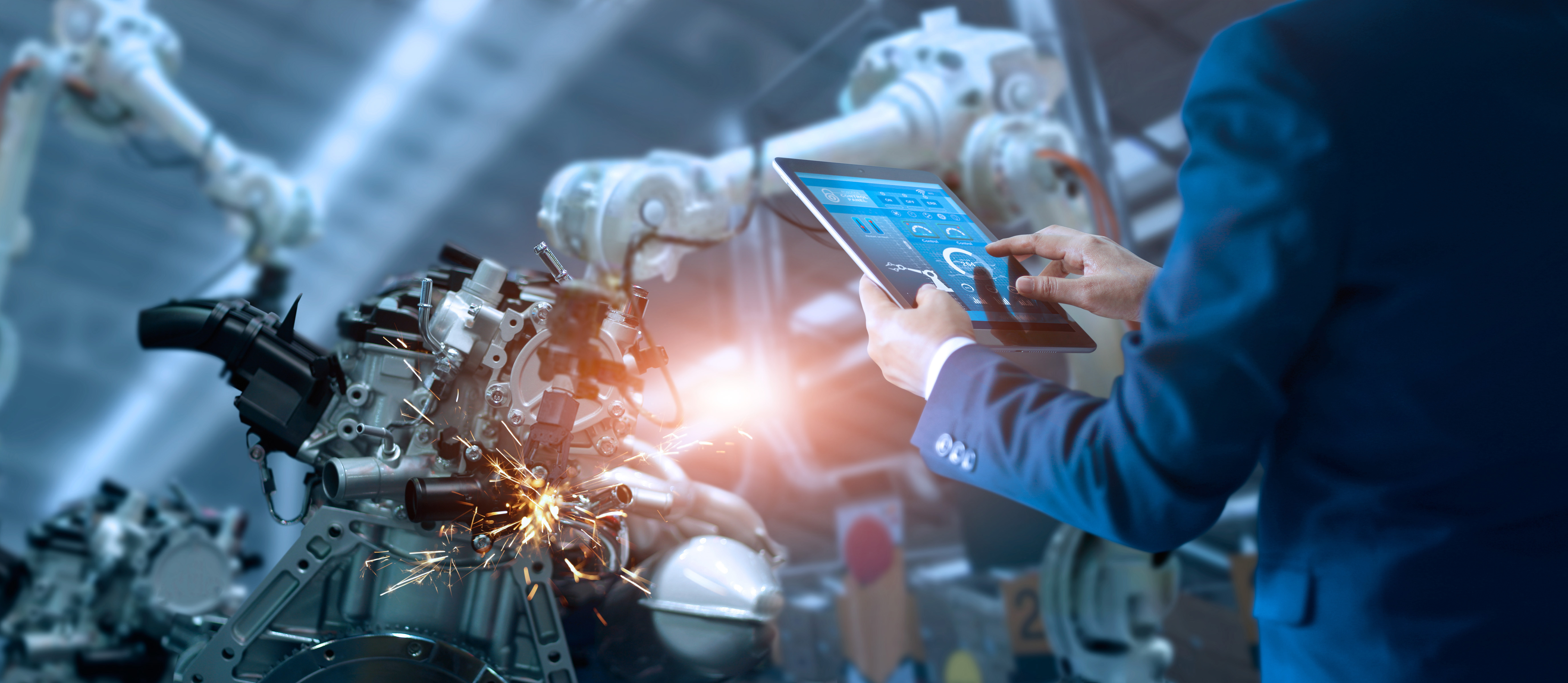In China, against the backdrop of the rising populism and weak demand in major economies, the importance to solve the inequality issues that could not be self-solved by market have been realised.
The nation has proposed its own approach to address the poverty and resource misallocation. The comprehensive policies including monetary, fiscal and structural reforms are given to address inequality and to gain a more inclusive and sustainable growth in economy. In November 2015, the State Council issued the Decision on Winning the Fight against Poverty, making an overall plan for the poverty reduction work until 2020.
Intelligent manufacturing in China
In 2015, the Chinese government issued “Made in China 2025” strategy with the concept of intelligent manufacturing (IM), aiming at reshaping the manufacturing sector to a new economic motivator. Since then, China’s tech and industrial giants have both invested heavily in this scope and, in return, already achieved notable progress. While the growth of large players proves the IM strategy is a right way to go, whether the strategy can provide sustainable driving forces to China’s economy will greatly count on the reactions of smaller businesses, which account for a remarkable share in Chinese manufacturing sector. Under such circumstances, China’s medium- and small-sized industrial enterprises are likely to experience key transformations in 2020.
Rich-poor divide in Malaysia and Thailand driving behaviors?
As the tech bubble inflated in the 1990s, Malaysia, Thailand, and the Philippines jumped on the bandwagon and built IT capabilities of their own. Yet, like the case of many other emerging market industries, the IT industries in these countries occupied specific niches in the value chain (Malaysia and Thailand in semiconductor manufacturing and the Philippines in business process outsourcing) but these countries have not been able to fully capture the value created by the technological developments they helped unleash. However, in the New Economy of the 2010s, this might be changing as indigenous unicorns are beginning to emerge, e.g. Indonesia's GoJek, Malaysia's Grab, and the Philippines' Revolution Precrafted. In the Foresight 2020 report, we explore whether the ASEAN nations are now able to build their own New Economy multinationals or if they will remain stuck in the old model of being an upstream supplier for downstream companies elsewhere in the world.
Philippines' economy following Duterte's presidential appointment
The report also covers Rodrigo Duterte’s policies in the context of a slowing economy since he came to power. Halfway into his term, Duterte enjoyed an unfading popularity, supported by a strict crackdown on drugs and crime, a macho personality, and an ambitious, albeit trite, infrastructure addition programme. However, the effects of his tenure are not all they are cracked up to be, as reported economic growth is unsustainable, job creation has halted, the country’s reliance on remittances is unchanged if not growing, and the drug war has been causing institutional damage that will take years to unfold and decades to undo. Not everything that glitters is gold, and the Duterte administration, long-term, might end up doing more harm than good to the country.
Pre-register for the Foresight 2020 report, providing an in-depth examination of 'new economy' industries, ranging from electric cars and renewable energy to the digital economy and new technologies.
.png?width=160&name=ceic-logo-Vector%20logo%20no%20tagline%20(002).png)

